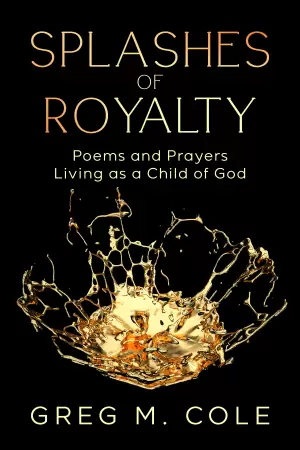Sisters Under the Rising Sun: A Journey into Resilience
Heather Morris has a way of pulling at the heartstrings with her historical narratives; after all, her previous works like The Tattooist of Auschwitz and Three Sisters left lasting impressions on me. When I saw that her latest release, Sisters Under the Rising Sun, was available on NetGalley, I couldn’t resist diving right in. I was excited to explore a new facet of World War II through Morris’s lens, especially given her talent for weaving powerful stories from the lives of real women.
The story revolves around Norah Chambers, a devoted musician who makes the heart-wrenching decision to send her young daughter, Sally, away to ensure her safety amid the unfolding chaos of the war. Meanwhile, Norah’s sister, Nesta James, a nun and nurse, is thrust into the fray, caring for wounded soldiers. What unfolds is a gripping tale of survival as these women, alongside others, find themselves prisoners of war after a devastating bombing separates them from their hope of rescue. The emotional weight of their experiences and the shared bonds formed amidst such suffering are palpable throughout the narrative.
What struck me as particularly compelling about Sisters Under the Rising Sun is its unique perspective on the treatment of POWs, especially those captured by Japanese soldiers—an area not often explored in this genre. Morris paints a vivid and chilling portrait of this often-overlooked aspect of history, immersing us in the struggles of women whose strength and resilience shine through the grim circumstances.
However, I must confess that the writing style left me somewhat baffled. Although I appreciate a dialogue-driven narrative for its ability to showcase character interactions, I found the execution here a bit disorienting. The entire book unfolds primarily through conversations, often leaving details about the setting and pivotal events in the background. This technique, while innovative, made it challenging for me to fully invest in the characters as I struggled to visualize their surroundings and the gravity of their predicaments. The depth I often associate with Morris’s work felt muted, and I found myself yearning for the rich descriptions and intricate plots that characterized her earlier novels.
Divided into three parts, the alternating perspectives of Norah and Nesta offer a glimpse into the lives of brave women facing unimaginable hardships. However, the pacing felt uneven, and at times, I was left wondering if I was missing some historical context due to the brevity with which pivotal events were addressed. While my respect for these real-life heroines kept me turning the pages, I wonder if this stylistic shift might alienate long-time fans of Morris’s compelling prose.
Even with these critiques, Sisters Under the Rising Sun may resonate with readers seeking an exploration of female strength during tumultuous times. Fans of raw, character-driven dialogue might find this an engaging read, while those who prefer richly detailed narratives may feel left wanting. In the end, while I didn’t connect with this book in the way I had hoped, I’m looking forward to Morris’s next chapter. Her talent remains undeniable, and I’m eager to see where she takes her readers next.
If you’re intrigued by stories of resilience, or if you’re a devoted follower of Morris, this book may offer you a new perspective, even if it departs from the narrative style we’ve come to love. Happy reading!
Discover more about Sisters Under the Rising Sun on GoodReads >>











